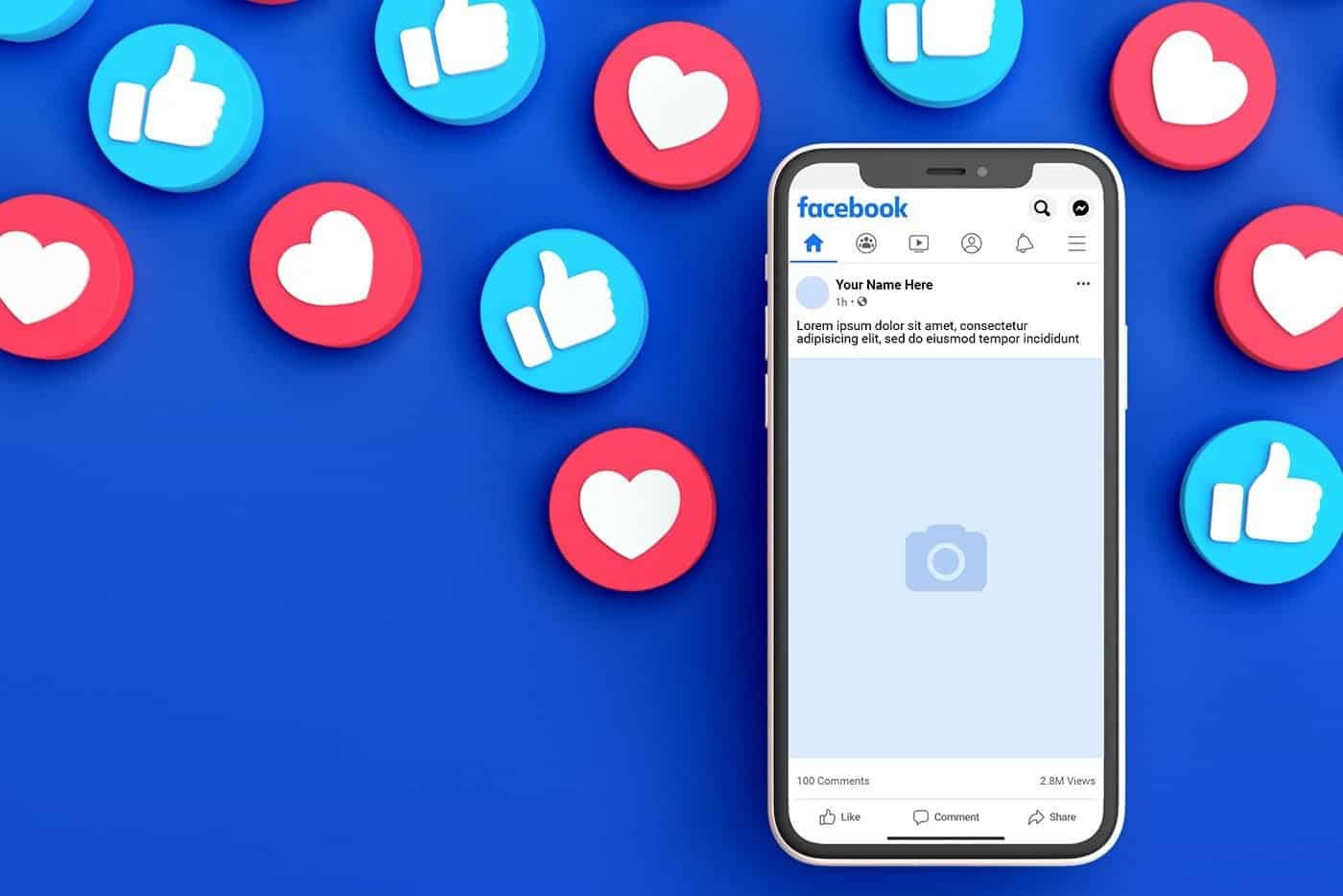Howdy! Great day, isn’t it!? As you already know, over the years, Facebook has evolved into a powerful platform for connecting with your audience, but understanding when to post can significantly impact your reach and engagement. By leveraging analytics tools, you can uncover the optimal times to share your content and ensure it resonates with your followers. This guide will help you navigate Facebook’s analytics features, enabling you to strategically schedule your posts and make informed decisions that enhance your social media presence.
The Importance of Timing in Social Media Engagement
Before venturing into the intricacies of your Facebook strategy, it’s crucial to understand that timing significantly influences your social media engagement. Posting at the right moments can enhance visibility, reach the maximum audience, and drive interaction. By leveraging analytics, you can uncover optimal posting times that resonate with your specific audience, ultimately leading to higher engagement rates and more robust community interactions.
Understanding Audience Behavior
Audience behavior varies widely across demographics and interests, so knowing when your followers are online is key. Different groups engage with content at different times, and recognizing these patterns allows you to tailor your posting schedule effectively. Pay attention to your audience’s habits to maximize interaction and connection.
The Role of Algorithms in Visibility
An understanding of Facebook’s algorithms is crucial for managing your visibility on the platform. The algorithms prioritize content that engages users, which means the timing of your posts can significantly impact whether your content is seen.
A well-timed post is more likely to generate likes, comments, and shares, all of which signal to the algorithm that your content is valuable. When you post when your audience is most active, you improve the likelihood of engagement, which can lead to increased visibility in your followers’ feeds. Staying informed about algorithm changes and audience behavior ensures that you keep your content in front of the right eyes and at the right moments.

Analyzing Facebook Insights
Any successful Facebook strategy relies on a thorough analysis of Facebook Insights. This powerful tool provides you with a wealth of data on your page’s performance, audience engagement, and the effectiveness of your posts. By entering into these insights, you can identify patterns that inform your posting strategy, ensuring you publish content at optimal times for maximum reach and engagement. Leveraging this data can significantly enhance your overall social media presence.
Key Metrics to Monitor
About analyzing your Facebook performance, it’s imperative to focus on specific key metrics. Track your post reach, engagement rates, and the best times your audience is online. By monitoring these metrics, you can better understand what content resonates with your audience and when they are most likely to interact with your posts, allowing you to tailor your strategy accordingly.
Utilizing Demographic Data
Demographic data provides you insight into who your audience is and how to engage them effectively. By understanding the age, gender, location, and interests of your followers, you can craft content that speaks directly to them, enhancing your chances of engagement and expanding your reach.
But analyzing demographic data goes beyond just knowing your audience’s profile; it helps you identify trends in their behavior. For example, if your target demographic tends to be more active during certain times of the day or week, you can strategically adjust your posting schedule to align with these patterns. This targeted approach ensures that your content reaches the right people at the right time, increasing the likelihood of interaction and fostering a stronger connection with your audience.
Best Practices for Posting on Facebook
It is crucial to follow best practices when posting on Facebook to maximize engagement and reach. By understanding your audience and the platform’s dynamics, you can create more impactful content that resonates with your followers.
Types of Content to Share
It is important to diversify your content to keep your audience engaged. Here are some effective types of content to consider:
- Eye-catching visuals, such as images and videos
- Informative articles and blog posts
- Interactive polls and quizzes
- Behind-the-scenes looks at your brand
- Testimonials and success stories
This variety can help maintain your followers’ interest and encourage them to engage with your posts.
| Content Type | Purpose |
| Images | Visually attract attention |
| Videos | Boost engagement |
| Blog Posts | Drive traffic to your website |
| Polls | Encourage interaction |
Frequency and Timing Recommendations
Behind the scenes, focusing on the right frequency and timing for your posts can significantly impact your reach. Posting consistently, without overwhelming your audience, ensures that your content remains fresh and relevant.
Further, research suggests experimenting with different posting frequencies—such as daily, a few times a week, or weekly—to find what works best for your audience. Timing is also key; consider your followers’ activity patterns when scheduling your posts for optimal engagement. Analyzing data on when your audience is most active can help refine your posting strategy.

Tools and Resources for Analytics
Many social media marketers often seek effective tools to analyze their Facebook engagement and post timing. Utilizing the right analytics resources can help you gain valuable insights into your audience’s behavior, enabling you to optimize your posting strategy. A combination of built-in Facebook Insights and additional third-party tools will enhance your ability to pinpoint the optimal times for posting, ultimately driving greater engagement with your content.
Overview of Analytics Tools
For anyone serious about maximizing Facebook performance, leveraging analytic tools is important. Facebook Insights provides users with in-depth metrics about their posts, audience demographics, and engagement rates. Additionally, other tools like Hootsuite and Sprout Social offer enhanced features such as scheduling and comparative analytics, giving you a comprehensive view of your social media presence. By analyzing this data, users can identify trends and optimize their content strategies to better connect with their audience. Ultimately, leveraging analytics for Facebook success requires a commitment to ongoing assessment and adaptation, ensuring that your efforts yield the best possible results. Regularly reviewing performance metrics can help in fine-tuning campaigns and driving higher engagement rates over time.
Comparative Analysis of Third-Party Solutions
Against the backdrop of Facebook’s built-in analytics, various third-party solutions provide more specialized features. Below is a comparison of some popular tools:
Comparison of Third-Party Analytics Tools
| Tool | Key Features |
| Hootsuite | Scheduling, Performance Tracking, Custom Reports |
| Sprout Social | Competitor Analysis, Engagement Metrics, Team Collaboration Tools |
| Buffer | Post Scheduling, Analytics Dashboard, Audience Insights |
The selection of the right tool depends on your specific needs and goals. Each solution offers unique features, such as the ability to schedule posts effectively or analyze audience engagement more deeply. Researching these options can help you determine what fits best with your workflow and enables you to make data-driven decisions for enhancing your Facebook strategy.
Detailed Features of Comparison Table
| Tool | Distinct Advantages |
| Hootsuite | All-in-one dashboard for multiple platforms |
| Sprout Social | User-friendly interface with robust reporting options |
| Buffer | Simplified scheduling and analytics at an affordable price |
Business Sector Examples
The analytics show consistent patterns across various business sectors, guiding you to optimize your strategies. For instance, retail brands often see peaks in engagement on weekends, while B2B companies thrive during weekdays, particularly around midday. Tailoring your posting schedule to align with these trends can elevate your reach and impact.
Non-Profit and Community Engagement
Non profit organizations can also harness analytics for strategic posting, making their messages resonate more effectively with their audience. Posting during peak engagement times allows your content to reach a broader audience, enhancing fundraising and community outreach.
In addition, by analyzing when supporters are most active, non-profits have successfully increased their event registrations and volunteer sign-ups. For example, a local charity implemented a targeted campaign that included posts on Thursdays at 7 PM, resulting in a 50% increase in attendance at their annual fundraiser. By understanding your audience’s habits, you can foster greater community engagement and support for your initiatives.

Testing and Adjusting Your Strategy
Keep in mind that your posting strategy should be dynamic and open to change. By continually testing your content and analyzing its performance, you can ascertain what truly resonates with your audience. Adjusting your approach based on real-time feedback will help you maximize engagement and keep your followers invested in your brand.
Conducting A/B Testing
Behind every successful Facebook post is the art of A/B testing. By comparing two versions of your content—whether it’s different headlines, images, or posting times—you can determine which elements drive better engagement. Utilize Facebook’s analytics tools to gather data on your posts, enabling you to refine your strategy effectively.
Interpreting Results for Continuous Improvement
An imperative part of leveraging analytics involves interpreting the results of your experiments. You need to identify trends and insights that indicate which types of posts yield the best results for your audience.
Indeed, diving deeper into the data allows you to spot patterns that can inform your future strategies. Pay attention to metrics such as engagement rates, reach, and audience demographics to fine-tune your content. By implementing changes based on these insights, you can foster ongoing improvement in your Facebook presence, ensuring your content continuously meets the evolving preferences of your audience.
Conclusion
As a reminder, leveraging analytics can significantly enhance your Facebook engagement by helping you determine the optimal times to post. By analyzing your audience’s activity patterns, you can tailor your posting schedule to maximize visibility and interaction. Utilize Facebook Insights and other analytics tools to refine your approach over time, ensuring that your content reaches your audience when they’re most active. With consistent analysis and adjustment, you’ll not only improve your engagement but also build a more vibrant and responsive online community.
FAQs
Why is it important to analyze the best times to post on Facebook? Analyzing the best times to post on Facebook helps optimize engagement with your audience. By understanding when your followers are most active, you can increase the likelihood of your posts being seen and interacted with. This can lead to higher reach, more likes, comments, and shares, ultimately enhancing your overall social media strategy and brand presence.
What tools can be used to determine the best times to post on Facebook? Various tools can help identify optimal posting times. Facebook Insights offers valuable data on when your audience is online and engaged. Additionally, social media management platforms like Buffer, Hootsuite, or Sprout Social provide analytics features that can track engagement patterns and suggest posting times based on historical data.
How does audience behavior influence the optimal posting times on Facebook? Audience behavior plays a significant role in determining the best posting times. Factors such as demographics, geographical location, and lifestyle habits can influence when users are most likely to access Facebook. For example, posting during peak times when users are likely to scroll through their feeds, such as early mornings, lunch breaks, or evenings, can maximize visibility and interaction with your content.

